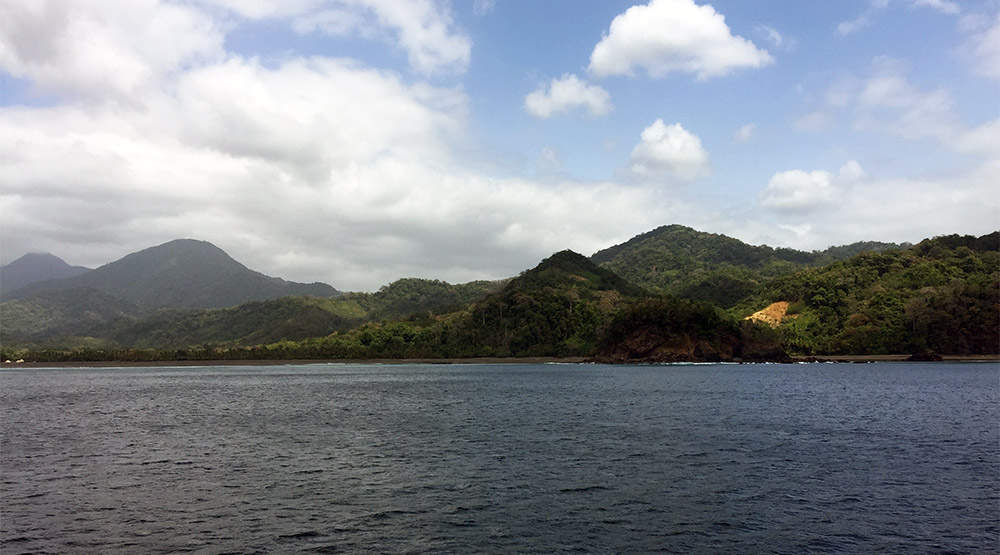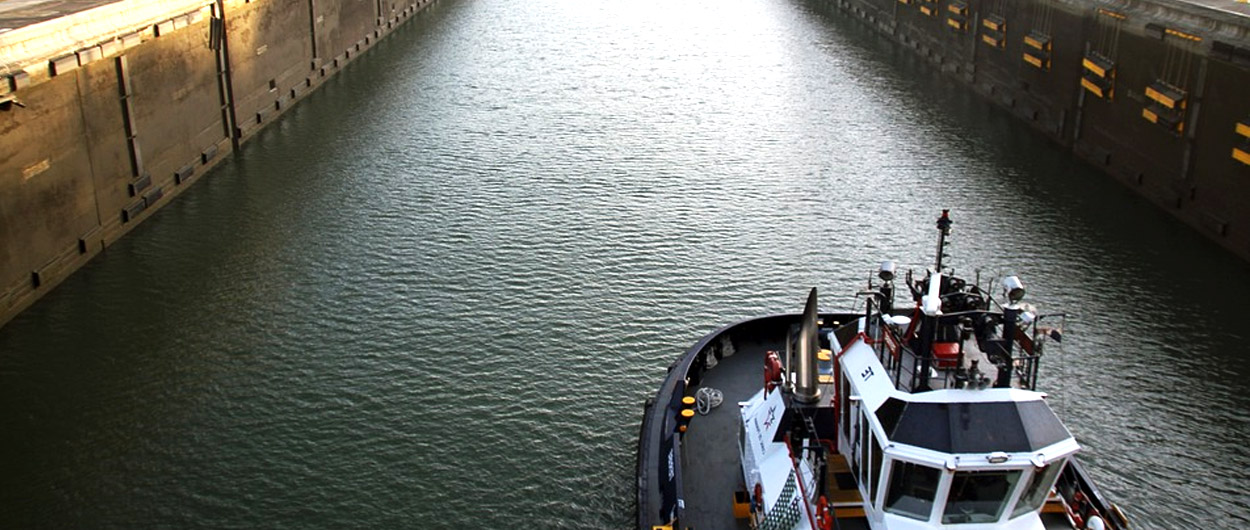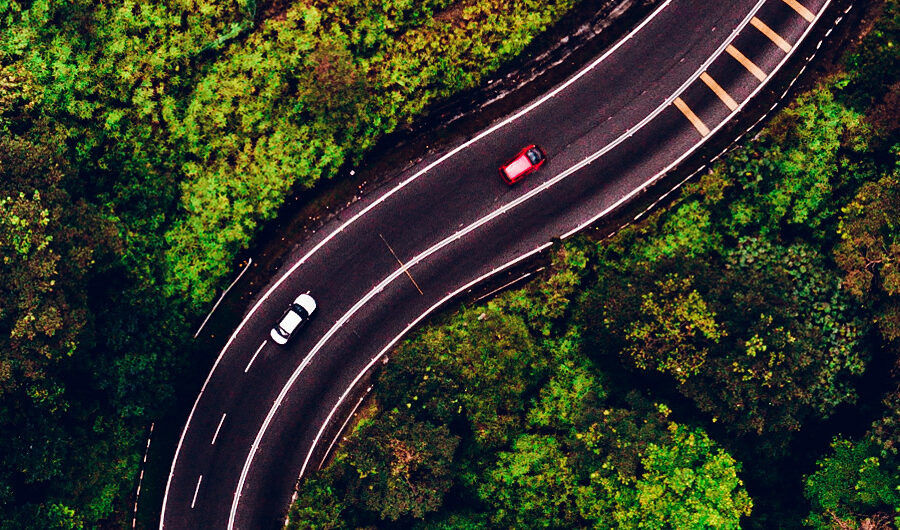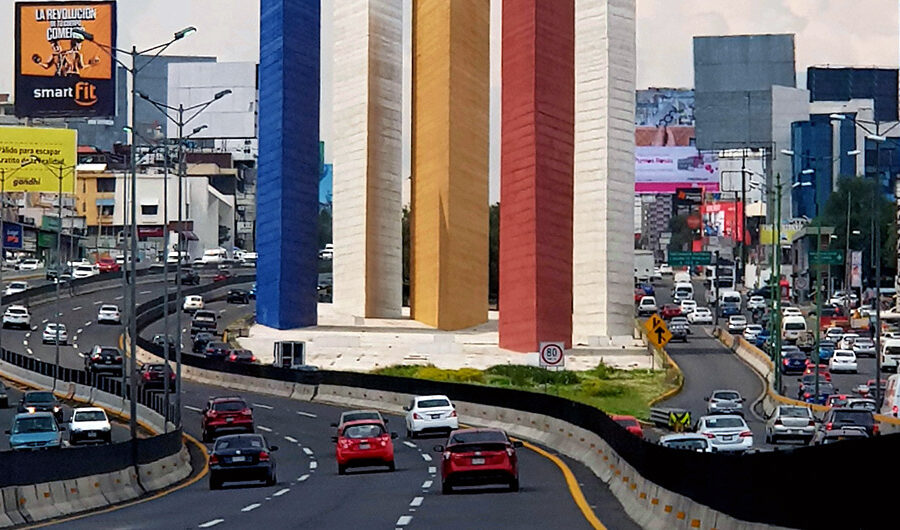If you’re looking to travel between Panama and Colombia, you might be wondering if it’s possible to drive between the two countries. After all, they share a border, so it seems like it should be a straightforward journey. However, there’s one significant obstacle that makes driving between Panama and Colombia impossible: the Darien Gap.
What is the Darien Gap?

The Darien Gap is a dense jungle region that spans the border between Panama and Colombia. It’s around 100 miles long and is known for its rugged terrain, harsh climate, and dangerous wildlife. The region is so difficult to navigate that there are no roads or infrastructure connecting Panama to Colombia. This means that it’s impossible to drive between the two countries.
Why is it Dangerous to Cross the Darien Gap?
The Darien Gap is considered one of the most dangerous regions in the world, with a high risk of violence, kidnapping, and robbery. The jungle is home to several armed groups, including drug traffickers, guerrilla fighters, and paramilitary groups. Travelers who attempt to cross the Darien Gap are at risk of being kidnapped, robbed, or attacked.
The region is also home to dangerous wildlife, including venomous snakes and jaguars, making it too dangerous to cross on foot.
Alternative Travel Options
While driving between Panama and Colombia is impossible, there are several alternative travel options available. Here are some of the most popular options:
Flying
Flying is the quickest and most convenient way to travel between Panama and Colombia. Several airlines offer daily flights between Panama City and Bogota or Medellin, making it easy to get between the two countries. Flights are relatively inexpensive, with prices starting at around $100 one way.
Boat
Taking a boat from Panama to Colombia is a unique and exciting experience. There are several cargo ships that make the journey between the two countries, offering travelers a chance to see some of the most beautiful parts of Central and South America from the water. However, boat travel can be uncomfortable and time-consuming, with some journeys taking several days or even weeks.
Bus and Boat
For budget travelers, taking a bus from Panama City to Yaviza and then taking a boat up the Tuira River to the Colombian border town of Puerto Obaldia is a popular option. This journey is relatively inexpensive, and you’ll get to see some beautiful parts of the country that you wouldn’t be able to see by air. However, the journey can be long and uncomfortable, and it’s essential to research your transportation options and take precautions to stay safe.
Tips for Safe and Enjoyable Travel
- Research your travel options: Whether you choose to fly, take a boat, or travel by bus and boat, it’s essential to research your options thoroughly. Read reviews, check schedules, and research safety precautions to ensure you choose the best option for your needs.
- Pack smart: When traveling in Central and South America, it’s important to pack smart. Be sure to bring comfortable, lightweight clothing that’s suitable for the climate, as well as a good pair of walking shoes. Pack a small backpack with essentials like water, snacks, and sunscreen, and don’t forget to bring insect repellent and a first aid kit.
- Take safety precautions: When traveling in Central and South America, it’s essential to take precautions to stay safe. Keep your valuables close to your body, avoid flashing cash or expensive items, and be aware of your surroundings at all times. Stick to well-lit areas, and avoid traveling alone at night.
- Learn some basic Spanish: While it’s not essential to be fluent in Spanish when traveling in Central and South America, it’s helpful to learn some basic phrases. Knowing how to ask for directions, order food, and buy tickets can make your trip much more enjoyable and less stressful.
- Respect the local culture: Central and South America are home to many diverse cultures and customs. Be sure to respect the local culture and customs, and be mindful of your behavior. Dress appropriately, avoid taking photos without permission, and always ask before doing anything that might not be allowed in public spaces like museums, churches, and parks.
Things to Do in Panama and Colombia
- Panama: Panama City is a vibrant and exciting city with plenty to see and do. Visit the Panama Canal, explore the historic Casco Viejo neighborhood, or relax on one of the city’s beautiful beaches.
- Colombia: Colombia is a diverse and fascinating country with something for everyone. Explore the colorful city of Cartagena, hike through the Cocora Valley, or learn about the country’s coffee culture in the town of Salento.
Conclusion
While the Darien Gap makes it impossible to drive between Panama and Colombia, there are still plenty of ways to explore these two beautiful countries. Whether you choose to fly, take a boat, or travel by bus and boat, there are options available for every budget and travel style. Just be sure to do your research, take precautions to stay safe, and pack for the journey. With so much to see and do in both Panama and Colombia, you’re sure to have an unforgettable experience.
As someone who has traveled extensively throughout Central and South America, I can personally attest to the challenges of crossing the Darien Gap. However, I can also attest to the beauty and diversity of both Panama and Colombia. By choosing one of the alternative travel options, you can still explore these two incredible countries without putting yourself in harm’s way. So, pack your bags, book your tickets, and get ready for an adventure you’ll never forget!





